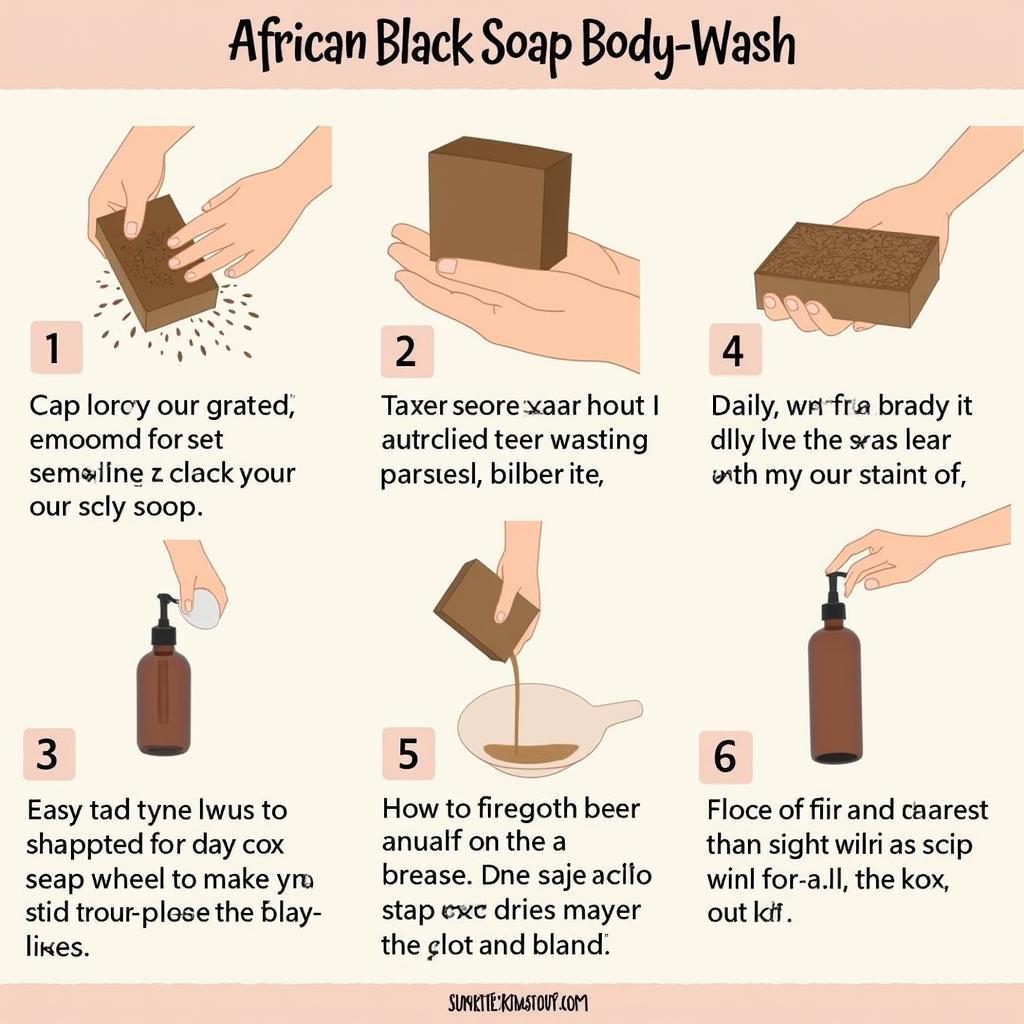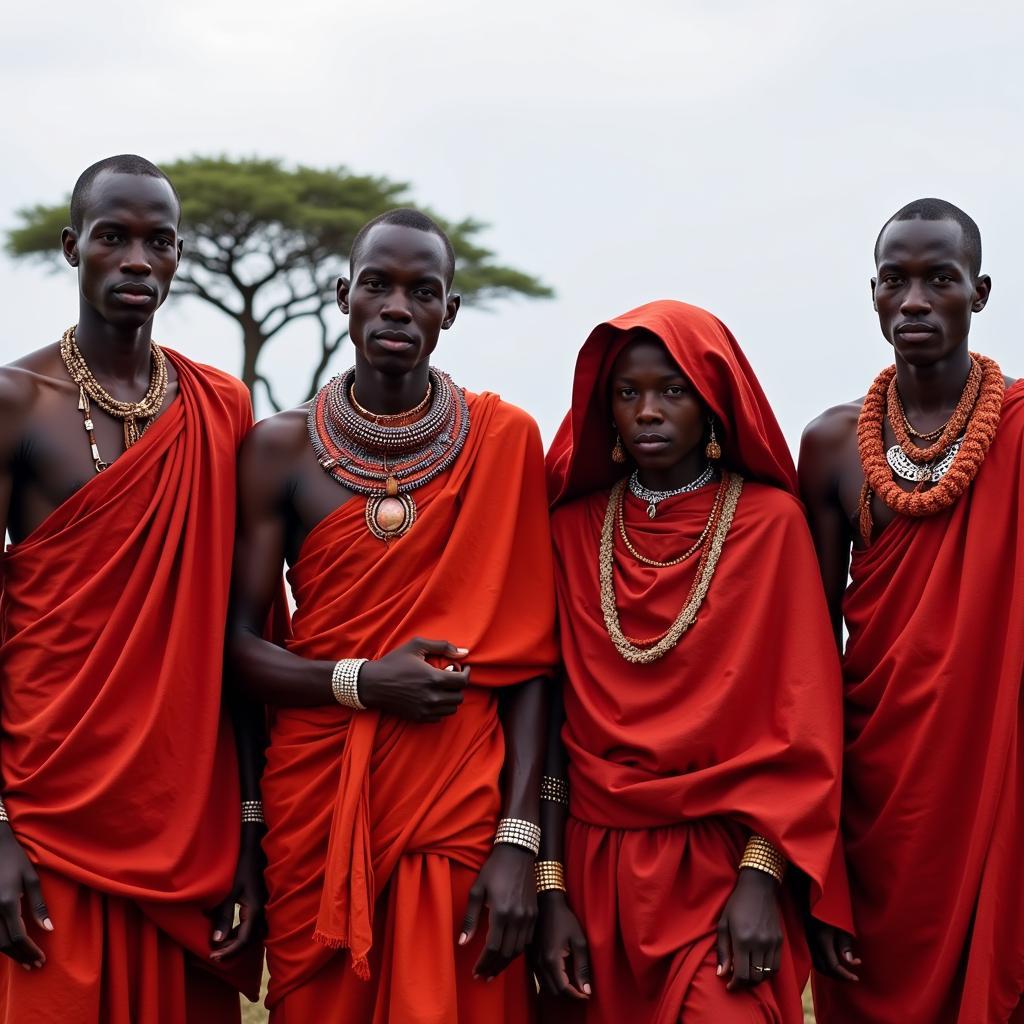Unveiling the African Desert Rose Plant
The African Desert Rose Plant, scientifically known as Adenium obesum, captivates with its unique beauty and resilience. From its swollen caudex to its vibrant blooms, this succulent thrives in arid conditions, making it a fascinating subject for plant enthusiasts and a symbol of enduring life in the face of adversity. Let’s explore the captivating world of this remarkable plant.
Understanding the African Desert Rose: A Comprehensive Guide
The African desert rose isn’t a true rose, but a member of the Apocynaceae family, related to oleander and plumeria. Its common name comes from its rose-like flowers and its ability to thrive in desert-like conditions. Native to eastern and southern Africa and parts of the Arabian Peninsula, this plant is admired for its unique features, including a thick, swollen stem called a caudex, which stores water, enabling it to survive prolonged droughts. This remarkable adaptation reflects the plant’s resilience and ability to flourish in harsh environments. Are you intrigued by its captivating beauty? Learn more about other stunning african flower photos.
The Allure of the Caudex: A Water Reservoir
The caudex, a defining characteristic of the African desert rose, serves as a remarkable water storage organ. Its swollen base allows the plant to withstand extended periods of dryness, a crucial adaptation in its native arid habitats. This distinctive feature not only contributes to the plant’s survival but also adds to its aesthetic appeal. The caudex can take on various shapes and sizes, adding to the plant’s unique charm. It’s a testament to nature’s ingenuity and the plant’s ability to thrive in challenging environments. Imagine this plant thriving in the african rift valley.
Cultivating the African Desert Rose: Tips and Tricks
Growing an African desert rose successfully requires understanding its specific needs. These plants thrive in well-draining soil and require plenty of sunlight. Overwatering can be detrimental, as the caudex is prone to rot. Regular fertilization during the growing season promotes healthy growth and abundant flowering. Proper care will reward you with a stunning display of blooms.
Propagating the African Desert Rose: From Seed to Plant
Propagating African desert roses can be done through seeds or cuttings. Seeds offer the opportunity to grow a wider variety of plants, while cuttings allow you to replicate the characteristics of a specific plant. Both methods require careful attention to moisture and temperature to ensure successful propagation. Discover more about other fascinating African flora like the african lily plant.
The Beauty of the Blooms: A Spectrum of Colors
From vibrant pinks and reds to delicate whites and yellows, the African desert rose boasts a wide range of flower colors. These trumpet-shaped blooms appear in clusters, adding a touch of exotic beauty to any setting. The flowering season typically occurs during the warmer months, bringing a vibrant burst of color to the landscape. You can find more beautiful African flowers such as adenium multiflorum african flowers.
Beyond the Aesthetics: Traditional Uses and Beliefs
In some African cultures, the African desert rose holds symbolic meaning and is used in traditional medicine. Its sap, while toxic if ingested, is sometimes used topically for medicinal purposes. However, caution is advised due to its potential toxicity. It’s always important to respect and understand the traditional uses of plants, particularly those with potent properties like the african death’s head haw.
Conclusion: Embracing the African Desert Rose
The African desert rose plant, with its unique beauty, resilience, and cultural significance, is a testament to the wonders of the natural world. Whether you’re drawn to its striking caudex, its vibrant blooms, or its fascinating adaptations, the African desert rose offers a rewarding experience for plant enthusiasts of all levels.
FAQ
- How often should I water my African desert rose?
- What type of soil is best for African desert roses?
- How do I propagate an African desert rose?
- What are the common pests and diseases affecting African desert roses?
- Is the African desert rose toxic to pets?
- How can I encourage my African desert rose to bloom?
- What are the different varieties of African desert rose?
Need more support? Contact us at Phone: +255768904061, Email: kaka.mag@gmail.com Or visit us at: Mbarali DC Mawindi, Kangaga, Tanzania. We have a 24/7 customer service team.



